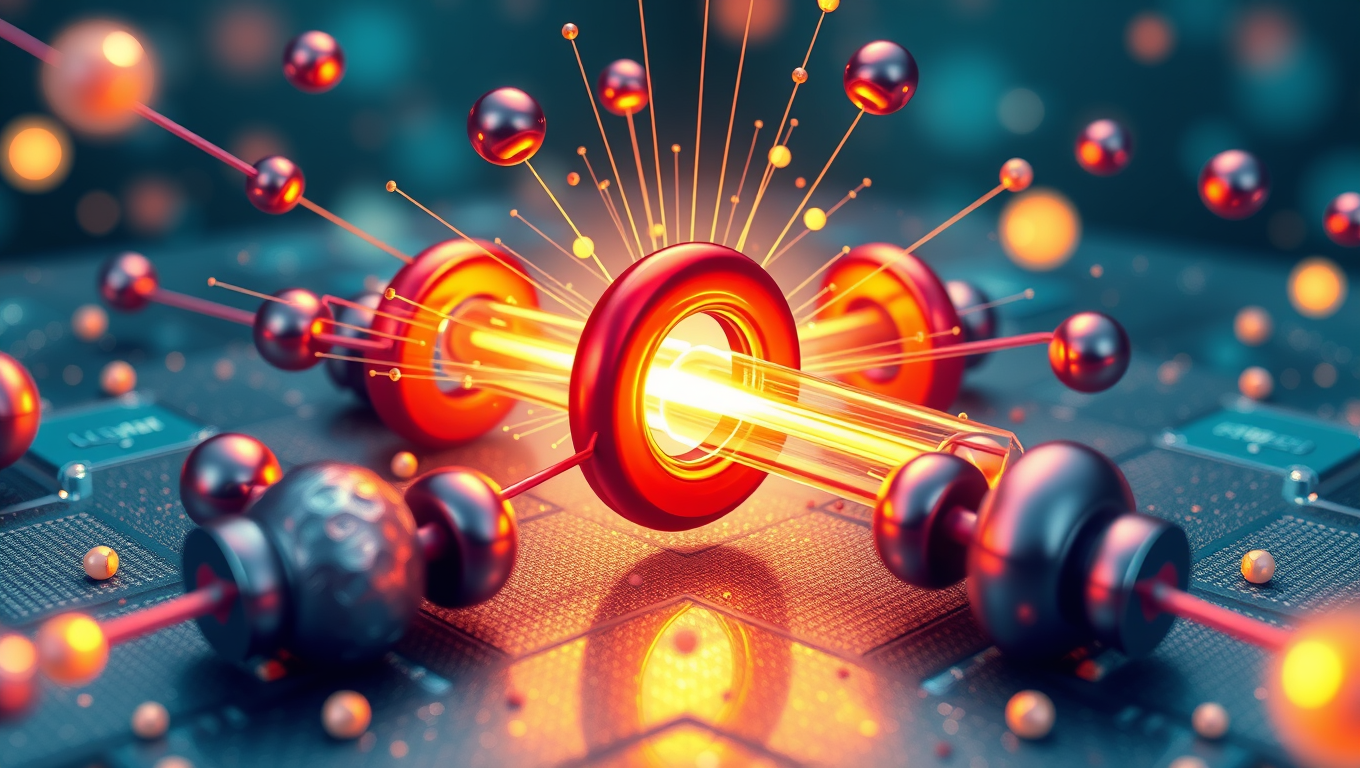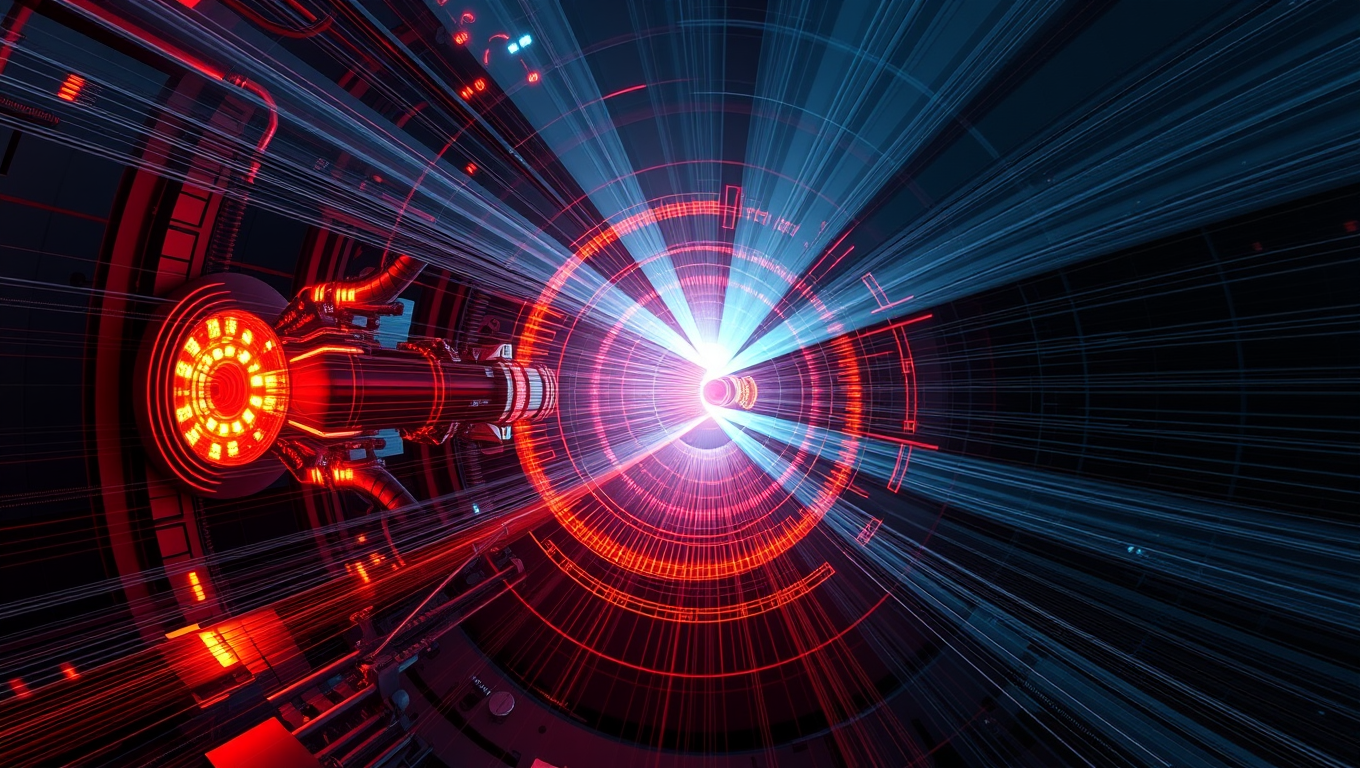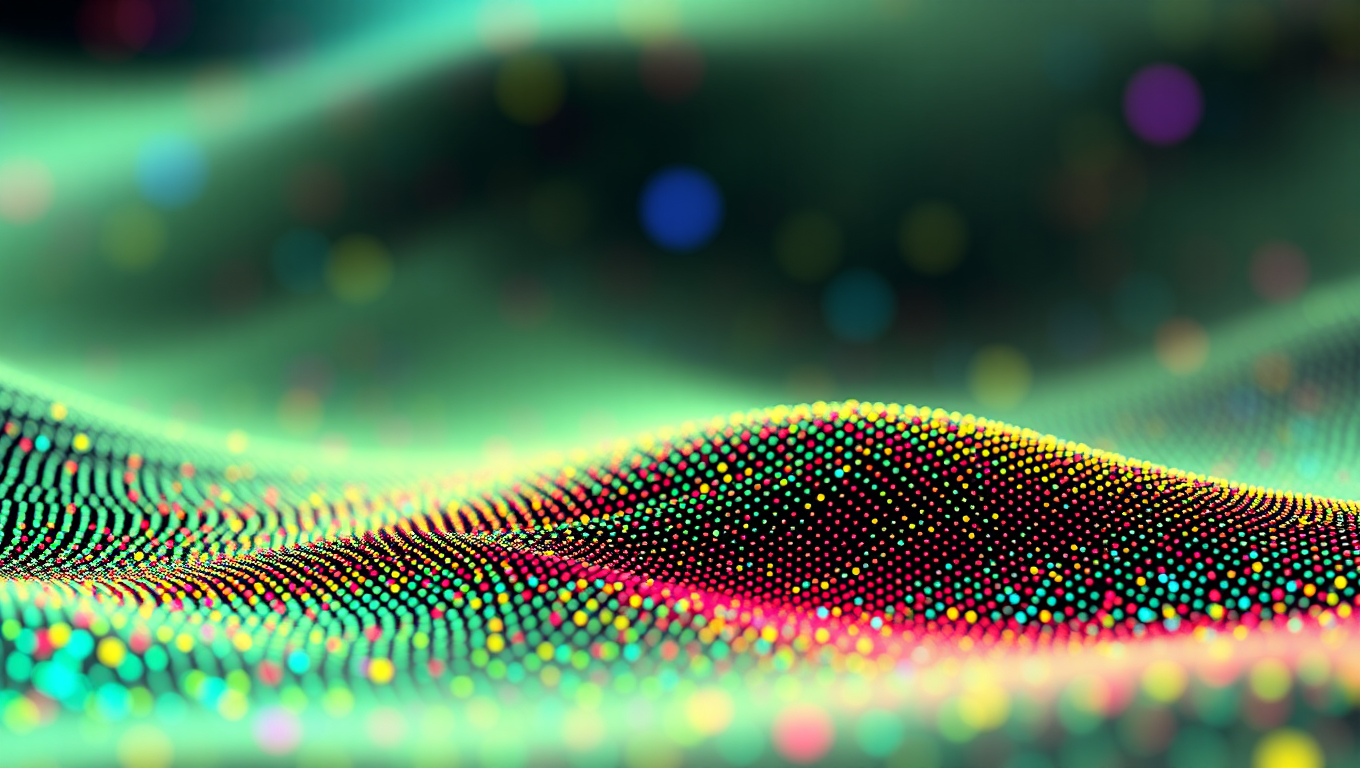While we try to keep things accurate, this content is part of an ongoing experiment and may not always be reliable.
Please double-check important details — we’re not responsible for how the information is used.
Civil Engineering
“Revolutionizing Material Science with Explainable AI: Unleashing New Possibilities for Advanced Metallic Alloys”
Found in knee replacements and bone plates, aircraft components, and catalytic converters, the exceptionally strong metals known as multiple principal element alloys (MPEA) are about to get even stronger through to artificial intelligence. Scientists have designed a new MPEA with superior mechanical properties using a data-driven framework that leverages the supercomputing power of explainable artificial intelligence (AI).

Civil Engineering
A Groundbreaking Magnetic Trick for Quantum Computing: Stabilizing Qubits with Exotic Materials
Researchers have unveiled a new quantum material that could make quantum computers much more stable by using magnetism to protect delicate qubits from environmental disturbances. Unlike traditional approaches that rely on rare spin-orbit interactions, this method uses magnetic interactions—common in many materials—to create robust topological excitations. Combined with a new computational tool for finding such materials, this breakthrough could pave the way for practical, disturbance-resistant quantum computers.
Civil Engineering
AI Breakthrough in Fusion Reactor Design: Uncovering Hidden Safe Zones with HEAT-ML
Scientists have developed a lightning-fast AI tool called HEAT-ML that can spot hidden “safe zones” inside a fusion reactor where parts are protected from blistering plasma heat. Finding these areas, known as magnetic shadows, is key to keeping reactors running safely and moving fusion energy closer to reality.
Chemistry
Unlocking the Secrets of Atomic Motion: A Revolutionary Discovery at the Nanoscale
A pioneering team at the University of Maryland has captured the first-ever images of atomic thermal vibrations, unlocking an unseen world of motion within two-dimensional materials. Their innovative electron ptychography technique revealed elusive “moiré phasons,” a long-theorized phenomenon that governs heat, electronic behavior, and structural order at the atomic level. This discovery not only confirms decades-old theories but also provides a new lens for building the future of quantum computing, ultra-efficient electronics, and advanced nanosensors.
-

 Detectors8 months ago
Detectors8 months agoA New Horizon for Vision: How Gold Nanoparticles May Restore People’s Sight
-

 Earth & Climate9 months ago
Earth & Climate9 months agoRetiring Abroad Can Be Lonely Business
-

 Cancer9 months ago
Cancer9 months agoRevolutionizing Quantum Communication: Direct Connections Between Multiple Processors
-

 Albert Einstein9 months ago
Albert Einstein9 months agoHarnessing Water Waves: A Breakthrough in Controlling Floating Objects
-

 Earth & Climate9 months ago
Earth & Climate9 months agoHousehold Electricity Three Times More Expensive Than Upcoming ‘Eco-Friendly’ Aviation E-Fuels, Study Reveals
-

 Diseases and Conditions9 months ago
Diseases and Conditions9 months agoReducing Falls Among Elderly Women with Polypharmacy through Exercise Intervention
-

 Chemistry8 months ago
Chemistry8 months ago“Unveiling Hidden Patterns: A New Twist on Interference Phenomena”
-

 Agriculture and Food9 months ago
Agriculture and Food9 months ago“A Sustainable Solution: Researchers Create Hybrid Cheese with 25% Pea Protein”





























